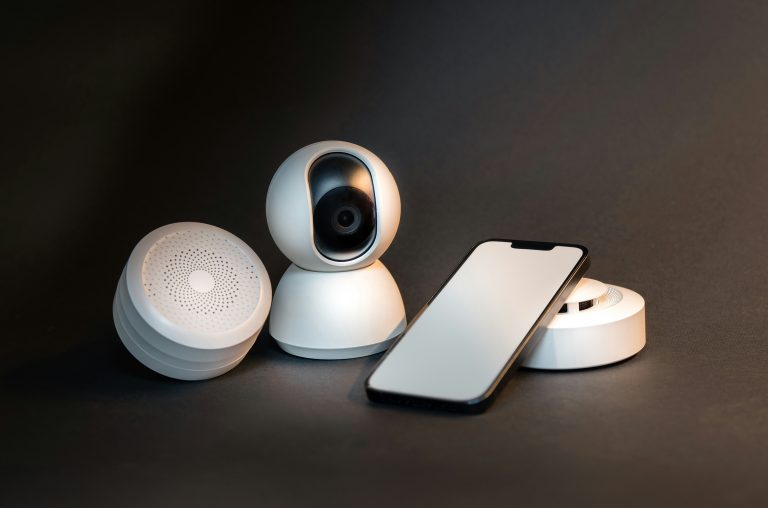Tech Addiction: How Devices Are Rewiring Our Brains
In today’s hyperconnected world, it’s nearly impossible to escape screens. From smartphones and tablets to smartwatches and VR headsets, our devices have become extensions of ourselves. But as our reliance on technology grows, so does a deeper concern: Are our devices actually rewiring our brains and at what cost?
2 What Is Tech Addiction?
Tech addiction refers to compulsive and excessive use of digital devices, often leading to negative consequences in daily life. It isn’t formally classified as an addiction in every medical manual yet, but experts recognize it shares many traits with substance addiction including cravings, withdrawal symptoms, and behavioral changes.
Whether it’s endless social media scrolling, binge-watching, gaming, or constantly checking notifications, these habits can significantly impact mental health, relationships, and even cognitive function.

3 How Devices Change Our Brains
1 Reward System Overload: Notifications, likes, and new content trigger dopamine releases in the brain, reinforcing a cycle of seeking immediate rewards much like gambling or drug use.
2 Shortened Attention Span: Constant interruptions from pings and alerts train our brains to seek novelty, making it harder to focus for long periods or engage in deep, sustained thinking.
3 Reduced Memory Formation: With information always at our fingertips, our brains are less likely to deeply encode information into long-term memory a phenomenon sometimes called “digital amnesia.”
4 Emotional Dysregulation: Heavy social media use, particularly among teens, is linked to higher rates of anxiety, depression, and low self-esteem.
4 Who Is Most at Risk?
1 Children and Teens: Developing brains are especially vulnerable to the effects of constant screen exposure.
2 Gamers and Streamers: Extended gaming or content bingeing can deeply entrench addictive patterns.
3 Remote Workers: Blurring the line between work and personal tech use can lead to nonstop digital engagement, contributing to burnout.

5 Why Tech Is Designed to Hook Us
It’s no accident that tech is so addictive. Companies intentionally design apps, games, and platforms using techniques like:
1 Infinite scroll (never-ending content feeds)
2 Variable rewards (unpredictable likes or notifications)
3 Push notifications (constant reminders to engage)
These methods exploit natural human psychological vulnerabilities particularly our brain’s reward circuits.
6 Breaking Free: Strategies for a Healthier Relationship
You don’t have to ditch technology entirely to regain control. Here are a few ways to protect your brain:
1 Set Time Limits: Use built-in screen time features or apps that track and limit device usage.
2 Create Tech-Free Zones: Keep devices out of bedrooms and during meals to re-establish healthy boundaries.
3 Practice “Digital Fasting”: Take regular breaks from screens hours, a day, or even a weekend at a time.
4 Be Intentional: Before unlocking your phone, ask yourself: “What am I here to do?” rather than mindlessly scrolling.
5 Mindfulness and Meditation: Strengthening your attention muscle through meditation can help resist digital distractions.
Conclusion
Technology has incredible power to connect, entertain, and educate but it’s reshaping our brains in ways we’re only beginning to understand.
Without mindful habits, we risk becoming less focused, less patient, and more dependent on constant digital stimulation.






